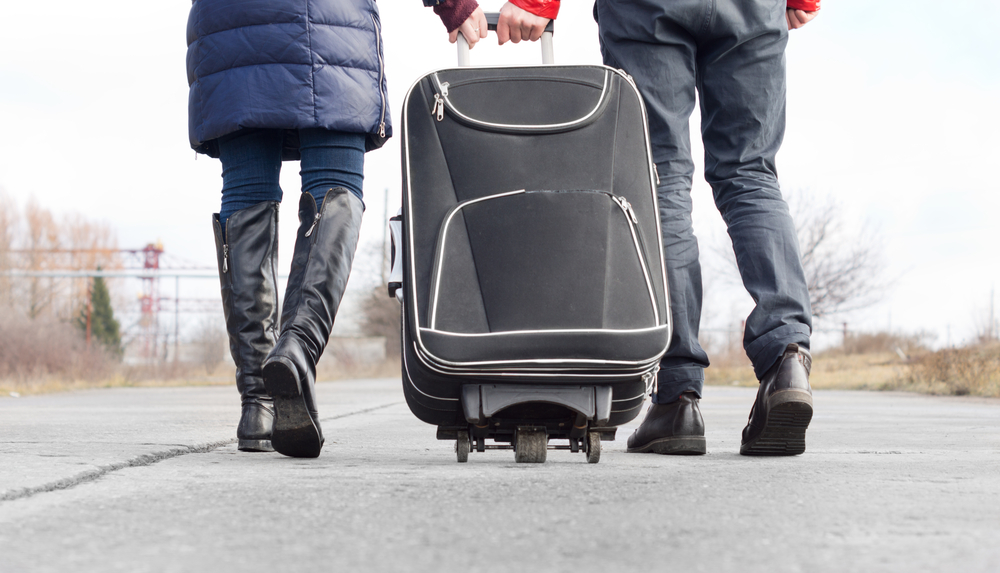Reverse Migration & Dreams of 1000 Smart Towns
Migrants who returned during lockdown are spearheading a consumer revolution in their home towns and villages

Every dark cloud has a silver lining. In the wake of the indefinite nationwide Covid-19 lockdown, as heart-wrenching visuals of the exodus of migrant workers from India’s big cities filled our screens in April 2020, who knew that a year and a half later, the reverse migration would fuel growth of Tier II and Tier III towns across the country?
The reverse migration didn’t just happen at the lowest level of the workforce—a good number of middle-income executives also returned to their hometowns. Besides those who lost their jobs during the pandemic, many people who were allowed to work from home also returned to save on the high cost of living in metros. The pandemic also reminded us the importance of our families, motivating many to return to their parents as they continued to work from home. Today, this reverse migration is not only proving to be good for the large cities through a degree of decongestion, it is also boosting growth of Tier II and Tier III towns.
Retail
One of the most potent effects of reverse migration is the growth of consumption for the local retail industry. As people returned, the consumer base of their hometowns also expanded. Initially this market expansion was limited to grocery, but as the lockdown extended, demand for consumer durables also started to pick up.
Real estate
Since many people decided to stay back, the demand for real estate in their home towns is also seeing a steady rise. Space is more affordable in smaller towns compared to metros, and many are discovering the joys of a better lifestyle.
Entrepreneurial spirit
While many started working from home in their home towns, some could not find work there that matched their skills, experience and income. In the absence of worthy opportunities, many of them started their own businesses, not only creating employment for themselves but also for others. This has been contributing to the growth of the economy and consumption in these towns.
New skills
Workers in the larger cities get exposed to better skills and training. As these people migrated back to their hometowns and villages, they brought their skills with them. Not only did this benefit local industries, but also local workers who picked up these skills from the returnees.
Newer avenues of recreation
A year and a half on since the first lockdown, these migrants are seeking the same level of lifestyle and entertainment back home that they enjoyed in the metros. This is giving rise to a whole new service industry even in the remotest corners of the country, where restaurants, gaming parlours, cafes and salons are opening up. National chains also have plans for smaller towns to ride this demand. We can see “green shoots” of multiplexes and malls coming up there.
This development of Tier II and Tier III towns due to reverse migration has helped ease the pain inflicted by the pandemic to some extent. However, as the economy opens up rapidly, some of the workforce will return to big cities. A fine balance between the two can be struck with proper planning, and the vision of modern India will get expanded from 100 Smart Cities to 1,000 Smart Towns.
The writer is CMD & co-founder, Wonderchef
DISCLAIMER: Views expressed are the author's own, and Outlook Money does not necessarily subscribe to them. Outlook Money shall not be responsible for any damage caused to any person/organisation directly or indirectly.









